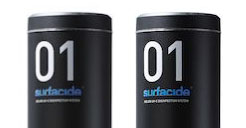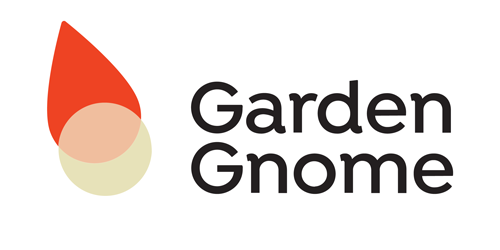I would this you might have answered the initial question?
Try to display a small image larger view.. yes because it is a bit map image... it should go pixelated. Try to display a large image in a smaller window... the image will compress and appear sharper.
With regards to Multi - Rez ... using a soft interpolation filter .. original images will be sliced, diced and create the output tiles which will appear softer (as in your demonstration). But our discussions did not mention that you were
not using Multi - Rez. So it was only an alternative guess on our part.
The object2VR3 display engine has a sharpness problem.
Image
The image on the left is a 1:1 screen grab from O2VR displayed in the browser. The image on right is the actual image being displayed (img_0_0_1.jpg), also 1:1. Displaying the image by itself in the browser looks the same as the original on the right. Changing browsers makes no difference. Unlike P2VR there is no warping involved, only scaling, and since it is 1:1 there really shouldn't be any interpolation.
Why is this happening and how do I correct it other than using images much larger than required O2VR scales them down while displaying them?


